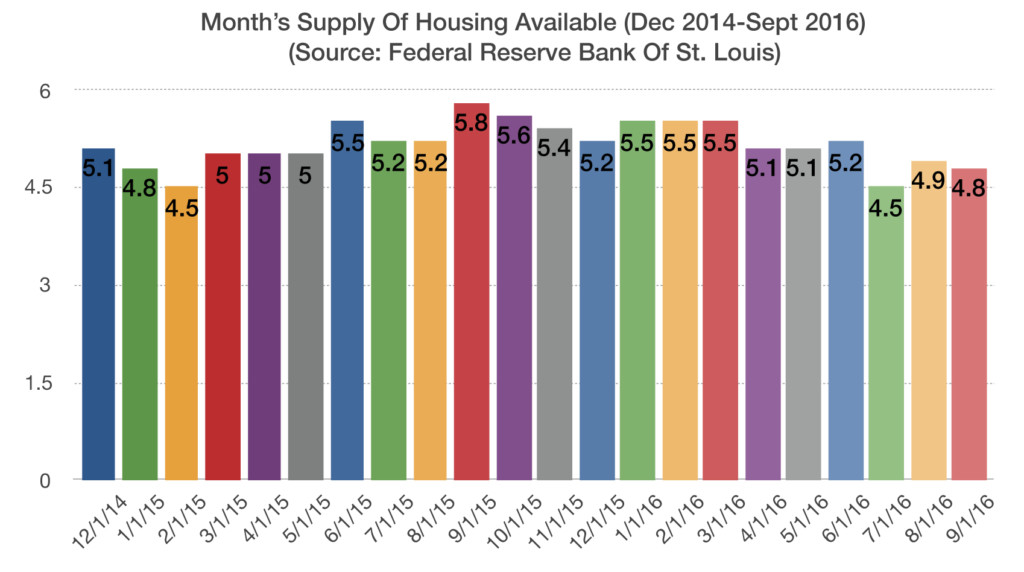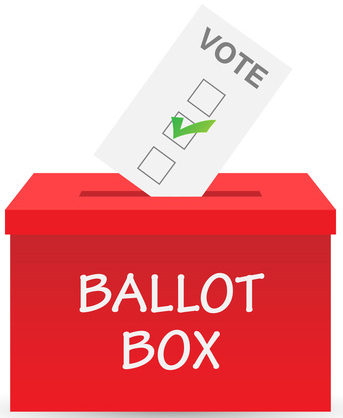
Joseph Schw
Stephen Dygos, CFP® 612.355.4364
Benjamin Wheeler, CFP® 612.355.4363
Paul Wilson 612.355.4366
www.sdwia.com
Macro Overview
Pre-election jitters led to market stagnation as equities struggled through October. With this extraordinary political year coming to a close, the results of the election will carry over to 2017 as markets digest new policies and legislative changes.
U.S. equity markets have not been enthused by the Fed’s hesitation to prolong a rise in rates. Concurrently, revised economic data projects slowing economic growth on the horizon. The perceived era of excess liquidity by central banks around the world might be concluding as consistent policy shifts with the ECB, Bank of Japan, and the Federal Reserve prepare for an end to stimulus along with a higher rate environment. In addition, a strengthened dollar has made it more difficult for U.S. companies to profit from overseas sales. The Fed’s Beige Book Report released on October 19th showed that manufacturing activity was mixed as the stronger dollar continued to dampen exports of manufactured goods.
It has been eight years since the financial crisis climaxed in the fall of 2008 when tremendous uncertainty and pessimism lurked throughout the markets. Today, the stimulus efforts that were set into motion by the Fed are for the most part still in effect. Many agree that the markets today are far less precarious than they were in 2008, yet the Fed’s stimulus efforts have yielded minimal, if any, sustainable economic growth.
A topic of contention during the election was how to tax profits of large U.S. companies with overseas operations. About 50 U.S. companies account for $1.7 trillion of the $2.9 trillion of profits held overseas. So for every product a U.S. multi-national such as Apple, GE, or Microsoft sells in another country, any profits made are taxed when the money is brought back to into the U.S.
Currently, the Federal Reserve only purchases government securities in the open market as a form of stimulus and influence over the markets. Former Treasury Secretary Lawrence Summers recently endorsed the idea of having the Fed not only buy government securities, but corporate bonds and equities as well. Such a move might continue to support the bond and equity markets even if a rate rise were to take affect.
Fed Chair Janet Yellen coined a new phrase in October “high pressure economy” as she suggested that a tight labor market might draw in potential workers who would otherwise sit on the sidelines. The challenge has been that as the unemployment rate has gone down, so has the pool of qualified workers, leaving certain positions unfilled.
A research report released by the National Institute on Retirement Savings identified that working individuals are actually trying to save more as they approach retirement, while spending less at the same time. This is counterintuitive to what the Fed was hoping for as part of its stimulus efforts.
Sources: Federal National Institute on Retirement Savings

 During the mid 1800’s, the United States was mostly an agricultural society whose citizens were farmers and field workers. Since the country was very much a religious nation, voting day was established in the middle of the week, allowing citizens time to travel to and from polling places without interfering with Sunday religious services. Ample time was needed to travel because horse and buggy was the only form of travel.
During the mid 1800’s, the United States was mostly an agricultural society whose citizens were farmers and field workers. Since the country was very much a religious nation, voting day was established in the middle of the week, allowing citizens time to travel to and from polling places without interfering with Sunday religious services. Ample time was needed to travel because horse and buggy was the only form of travel.